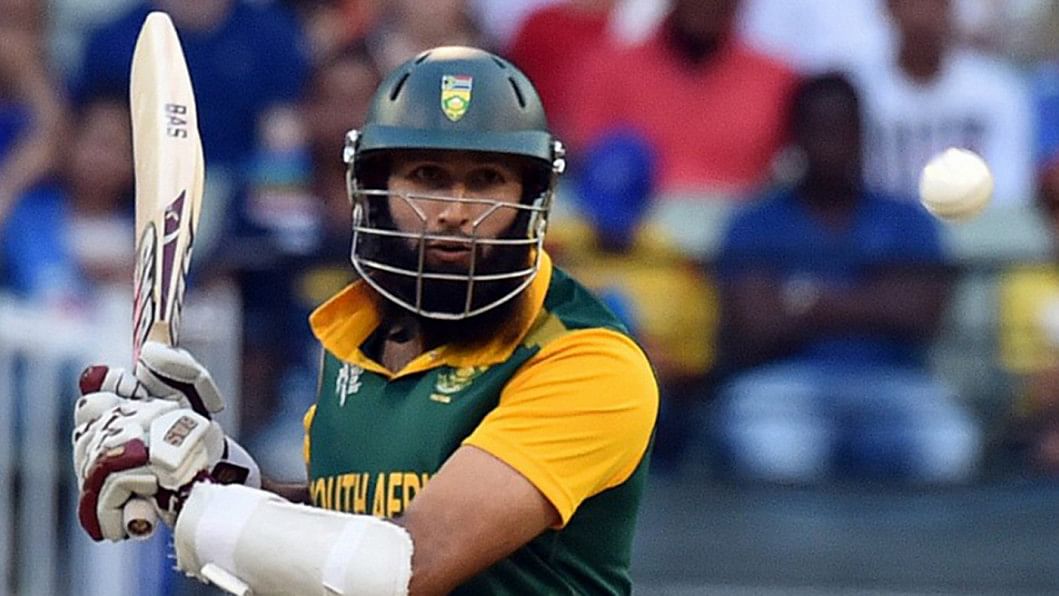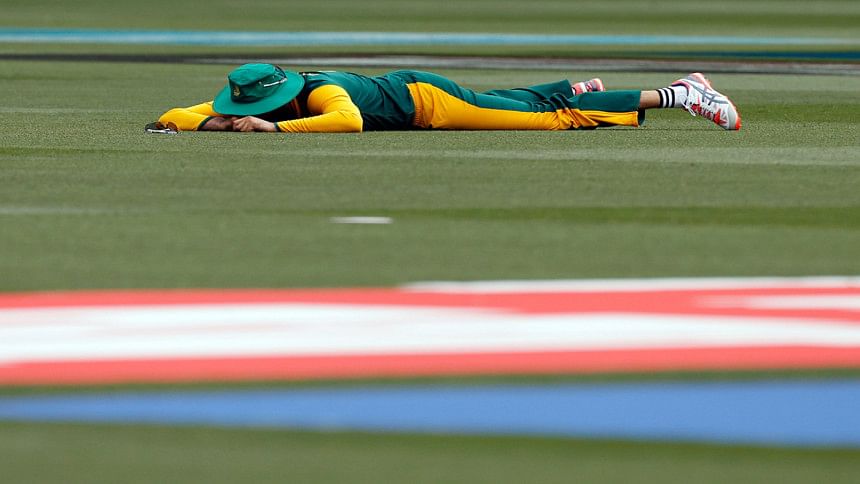The art of Amla

It was an exhibition match in England against amateur cricketers. As expected, the pitch wasn't the best, and the bowler didn't have too much pace either. The thing about these matches is that as a batsman you have to do most of the work: find the gaps in a field that is well spread out from the start, generate pace off the bat, because there won't be much on offer, and avoid getting carried away.
The batsman hit a slightly short ball off the back foot behind point for a four. The bat came down at unbelievable speed to generate pace, the supple wrists opened the face of the bat at the last minute, and the ball sped to the fence. That was the first time I saw Hashim Amla bat, and I was fortunate to have the best seat in the house, about 20 yards away, at the non-striker's end.
I had not seen anyone with such bat speed. Amla was different and it showed. In India we talk a lot about Virat Kohli's enviable record in ODIs but Amla's numbers are even better. He took 13 fewer innings than Vivian Richards (and Kohli) to get to 5000 runs, and he scores a century every 5.5 innings, which is better than anyone who has played the limited-overs game. Add to that the fact that he opens the batting, while playing most of his cricket on seamer-friendly South African pitches, where even the best players average about ten runs per innings fewer than their career average. Not to mention his phenomenal Test numbers.
Amla is indeed one of the modern greats. Like most South African batsmen he has a back and across movement followed by a step forward as a trigger movement to set himself up before the ball is bowled. You tend to do this if you practise a lot against the bowling machine while growing up. But playing against the bowling machine also makes you tend to keep your bat in the air while standing in your stance (like Jacques Kallis did), and mostly the bat comes down from the first-slip region (once again, like Kallis).
Amla is different in this regard, for his bat comes down from the third- or fourth-slip region, if not from gully. To ensure that the bat comes down straight, Amla makes a loop at the top of his backlift, because regardless of where the bat starts its inward trajectory from, it must come down through the first-slip direction to present the full face while playing. Since Amla launches the bat in through gully, it needs to travel a greater distance, which means he needs to do one of two things to ensure that he isn't late on the ball: one, initiate the downswing a little earlier, or two, bring the bat through quicker than other batsmen do.
Initiating the downswing early could make the timing go off completely, and so Amla chooses the second option - of making the downswing quicker - and that momentum results in generating extraordinary bat speed. But if he has to hit through the leg side, he abandons the loop at the top of the backlift, and that allows him to present the full face of the bat while playing through midwicket too. Kohli, Amla and Steve Smith are the three current batsmen who have this ability.
Amla's other strength is that after the set-up, his stability at the crease allows him to play drives on the rise. The extra pace of international fast bowlers doesn't allow openers the luxury of a long front-foot stride, and so balance and transference of weight become critical while driving off the front foot. Amla is pretty sound in these areas, and his driving on both sides of the pitch is simply exceptional.
However, no one is perfect and there are weaknesses and chinks in any armour, which can be exploited if you have the tools as a bowler. The flip side of Amla's bat starting from gully is that at times the loop at the top isn't made properly, which leads to the bat coming down at an angle, and that creates an opening for the balls that dart back in after pitching. Amla has been out bowled or lbw in over 30% of his dismissals against pace. Like all top-class batsmen it's not movement in the air that bothers him but movement off the pitch. Tinashe Panyangara went through Amla's defence in South Africa's opening game of the World Cup. It is a pointer for other bowlers to the sort of delivery that is worth trying early on if there's some movement off the surface on offer.


 For all latest news, follow The Daily Star's Google News channel.
For all latest news, follow The Daily Star's Google News channel. 



Comments